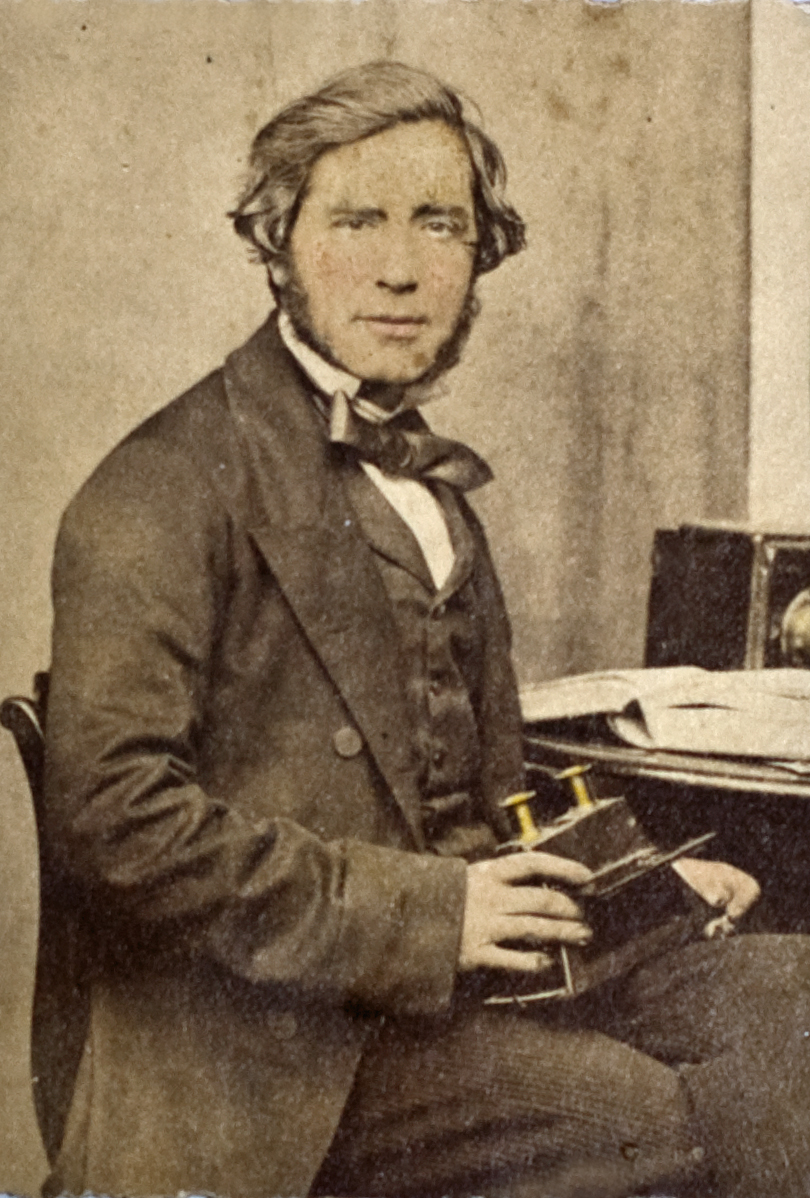
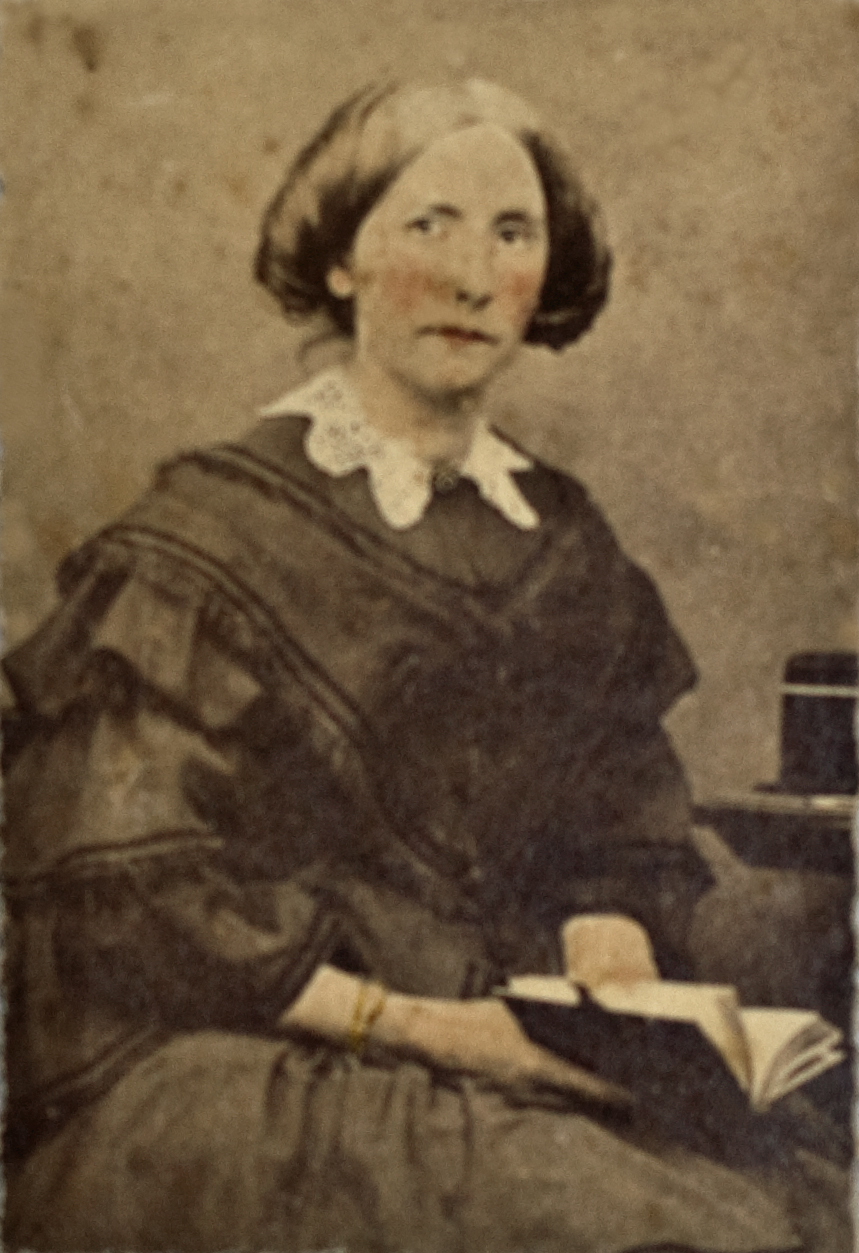
William Paul Dowling (1824-1877)
The official family website for an Irish Patriot and Portrait Artist
This site was establihed in 2021 with factual reference to the Dowling family archive and other historical records from the nineteenth century.
Errata: An article published in the Australiana Magazine, November 2020, falsely challenges the established date of birth for William Paul. The author postulates that William was the son of "Peter" born two years earlier and the baptism was incorrectly entered in the Church records! This inadequate research contradicts Dowling Family records and many official 19th century legal records, in London and Tasmania. The article then conjectures that he was another William Dowling that attended a school outside the city of Dublin at a junior level but at the same time was receiving prizes in his final year from the Royal Dublin Society Art School. There are other items presented in the article which are considered improbable. - EFOD May 2021
The story of an artist, a photographer, a patriot,
devoted husband and father.


William Paul Dowling was one of eight chidren, and
seventh child of Bernard Dowling (1779-1846) and Marcella (nee McEver)
(1780-1827). Bernard was an Attorney and his son, John Bernard born in 1820, was
apprenticed to his father and also destined for a career in law. The younger
William Paul was born in 1824. He studied art at the Royal Dublin Society and is
on record for winning prizes for landscape in pencil and “drawing in the round”
which would most probably have been life drawing. Though he is described in an
obituary as a gentle quiet man he must have been a colourful personality in
middle-class Dublin, in the early 1840’s. He would have then known his future bride,
Julianna De Veaux, the daughter of a Dublin Merchant.
His family had a keen interest in Irish Nationalism but
we don’t have many details of William's involvement in politics in Ireland prior
to going to England in 1845. His move
to London was to take up lucrative employment as a draftsman in the railway boom
and at the same time establish himself as a portrait painter. He joined the
Davis (Confederate) Club in 1848 and became secretary. This in turn led to an
invitation to join the Chartists’ committee who were becoming more active and
rebellious. He was arrested in Lambeth Walk in August 1848, brought before Bow
Street Court and charged with treasonable conspiracy.
Evidence was given that papers were found in his lodgings
which proved his involvement with the Chartists including a letter to his sister
in Dublin. The judge ordered that Dowling be remanded so that his case would be
considered along with other Chartists in custody. Much was happening in Europe
at that time with the famine in Ireland and the concern of the English
Parliament of uprising and the movement for suffrage. This gave rise to the
enactment of “The Crown and Government Security Act” which made assembles of
people unlawful and created seditious offences which were felonies and not
punished by death sentence. The trial of fifteen chartists was held in September
1848 and William Paul Dowling was represented separately by Edward Kenealy. It
is reported in the State Trials and also described in Kenealy’s autobiography
who questions the whole legal procedure. The chief witness for the Crown was the
despised informant William Powell “Lying Tom” who using the name Johnson and
pretending to be a Chartist had attended their meetings and reported proceedings
to the police who in turn paid him £1 per week for subsistence. The chartists
were found guilty and William Paul was sentenced to be deported
for life. Whilst the new Act for unlawful assembly saved his neck the subsequent
transportation brought sadness and tragedy to his family and his frail lineage
died out.
The prosecuted Chartists were kept at Newgate for a year
under the difficult prison conditions of the time. In a guarded letter to his
family in Dublin (taking care not to identify any other person who might become
a target) William tells how his pencil has been kind to him, spending his time
doing portraits of his fellow thirty five prisoners, and being excused from
other unpleasant chores. He speaks well of the courtesy of the Prison Staff many
of whom probably would have identified with the Chartist claim for suffrage.
However, to understand the politics of the day and despite the passing of the
“Crown and Government Security Act” there was a body of the ruling ascendency
who considered that anyone agitating for a vote for all men should sent to the
gallows.
William Paul was one of three hundred convicts to sail on
the Adelaide to Van Diemen’s Land and arrived in Hobart Town in November 1849.
Only one convict died under the captaincy of surgeon Frederick Le Grand and
forty disembarked in Hobart. The remaining two hundred and forty seven arrived
at Sydney on Christmas Eve and were actually the last convicts deported to New
South Wales.
The family is fortunate to possess letters written by
William Paul to his brothers and sisters from his arrival in England in 1845 and
up to 1875 from Australia. Another letter in August 1877 from Julianna describes
her father’s passing moments. There is also a good body of information in
Tasmanian Archives relating to his work as an artist and photographer.
William Paul was granted a ticket of leave on arrival as
he was considered a gentleman and capable of supporting himself. This “parole”
gave him permission to get married. His sweetheart from Dublin quickly arrived
and they married in 1850 in St. Joseph’s Chapel where two large religious
paintings, possibly his best surviving, still hang today. He was a devout
Catholic as can be seen in his letters and his daughter’s description of his
death. He took trouble to establish separate lodgings for his wife-to-be before
their marriage. Whilst influential supporters made representations lobbying for
the successful 1854 pardon given to William Smith O’Brien, leader of the 1848
rebellion, there was no such support offered for Dowling. It is suggested that
the Young Ireland Movement did not approve of William Paul’s involvement with
the Chartists and indeed Smith when returning to Ireland visited Hobart and
expressed his apology that he had not been so included. Dowling himself
subsequently applied and was granted a conditional pardon in 1855 and a full
pardon in 1857.

It is told in the family that many letters from William
Paul were destroyed for censorship reasons, possibly to hide references to
womanly matters as Julianna endured bad health and sadly lost many children.
Equally they may have been too sad and tearful but also it has been suggested
some may have referred to artistic descriptions of shapely women and that
certainly would not have received approval from the womenfolk in Dublin!
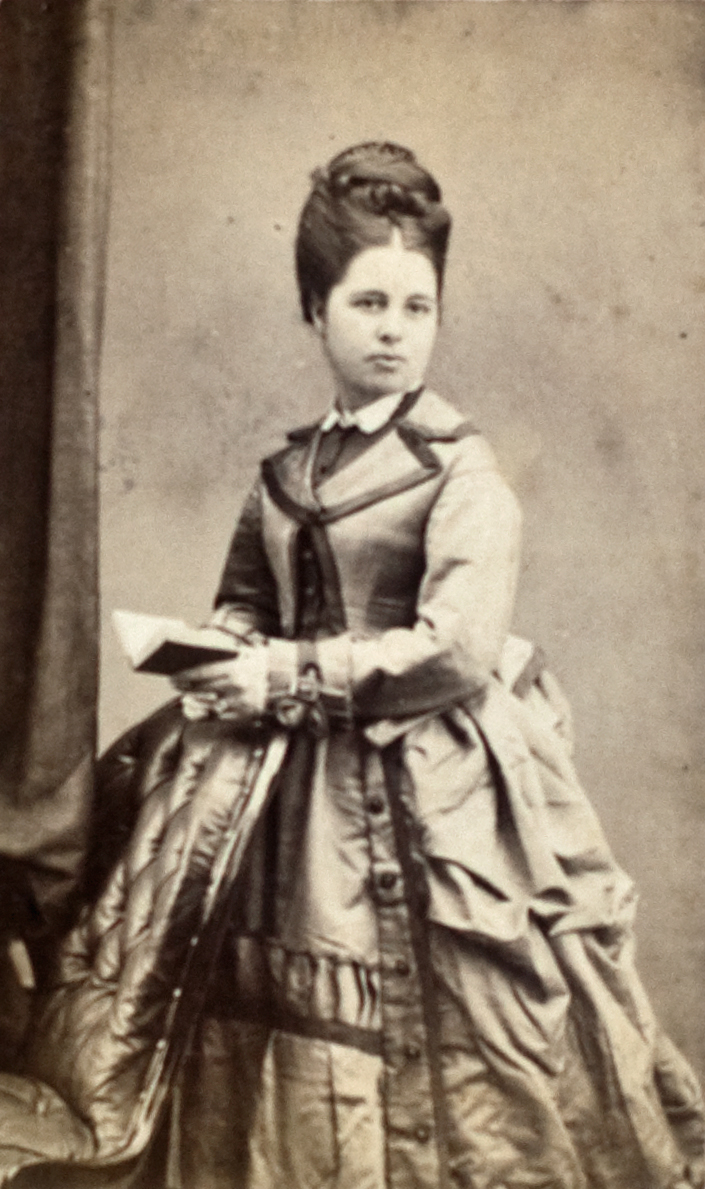 It can be seen from the correspondence that William Paul
was very proud and fond of his children. Their known first born was Julianna
called after her mother and affectionately called Nannie. Her birth date
suggests that there may have been an older child who died in infancy. We know
that four of the babies did not survive.Julianna was only sixteen when her mother died in 1869.
She would have seen her mother lose four children in infancy, her next brother,
Henry Emmett, at fourteen years and her youngest, Bernard, at the age of twenty
two.When her mother died in 869 Julianna joined the newly established order of
the Sisters of St Joseph under the care of Fr Julian Woods, a Passionist priest
who had arrived from England three years earlier. At one time she was the
Organist at the Church of the Apostles in Launceston but moved around a number
of locations teaching music. She was very close with her father and was beside
him when he died of tetanus in 1877. She suffered a stroke around 1910 and was
an invalid at Lochinvar Convent, NSW, until her death in 1922. It is said she
regularly corresponded with her Aunt Charlotte, wife of John Bernard, keeping
alive the family connections to Dublin. Even as an invalid, Sr Mary John
continued to assist in the teaching of music at Lochinvar.
It can be seen from the correspondence that William Paul
was very proud and fond of his children. Their known first born was Julianna
called after her mother and affectionately called Nannie. Her birth date
suggests that there may have been an older child who died in infancy. We know
that four of the babies did not survive.Julianna was only sixteen when her mother died in 1869.
She would have seen her mother lose four children in infancy, her next brother,
Henry Emmett, at fourteen years and her youngest, Bernard, at the age of twenty
two.When her mother died in 869 Julianna joined the newly established order of
the Sisters of St Joseph under the care of Fr Julian Woods, a Passionist priest
who had arrived from England three years earlier. At one time she was the
Organist at the Church of the Apostles in Launceston but moved around a number
of locations teaching music. She was very close with her father and was beside
him when he died of tetanus in 1877. She suffered a stroke around 1910 and was
an invalid at Lochinvar Convent, NSW, until her death in 1922. It is said she
regularly corresponded with her Aunt Charlotte, wife of John Bernard, keeping
alive the family connections to Dublin. Even as an invalid, Sr Mary John
continued to assist in the teaching of music at Lochinvar.
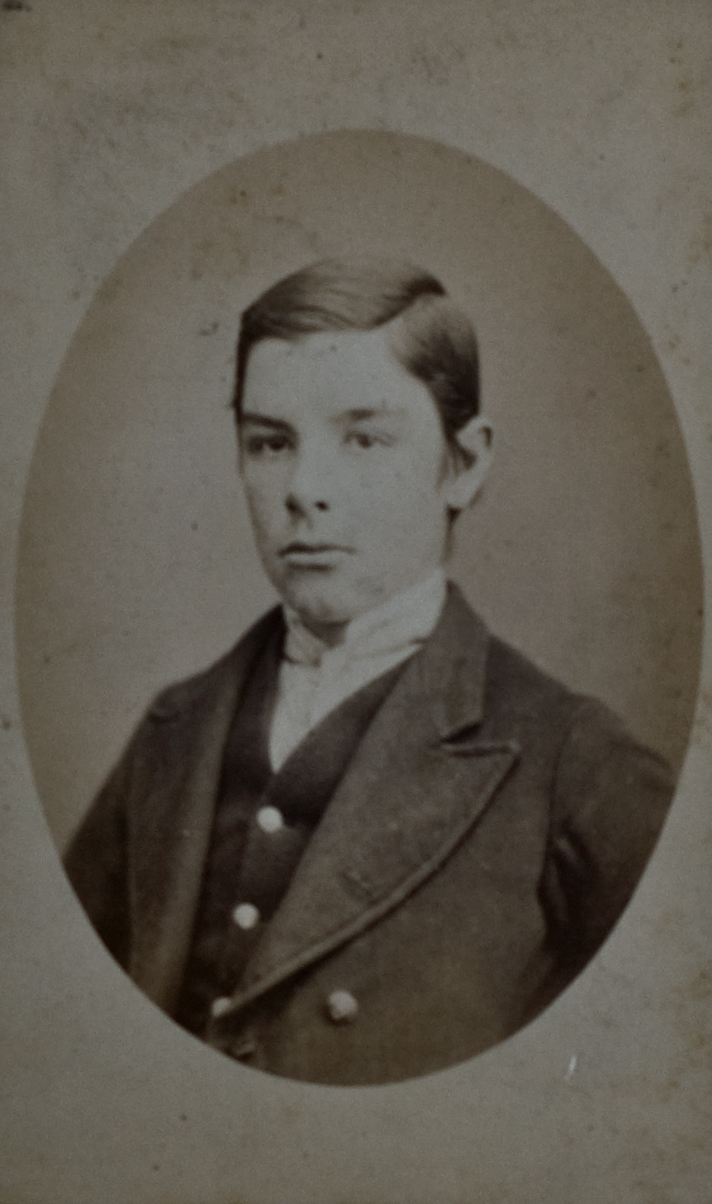 In a letter to his brother John, William Paul proudly
speaks of young Harry being dressed in his first set of breeches. The same letter mentions his wife’s poor
condition and being confined to the bed. Her poor health is regularly mentioned
in letters right up to her early death and is a reminder of the continuing
emotional hardship in the household. But William had great hopes for his eldest
son who was brought up in a home of serious education and “kept at his books”. His father wrote that the young teenager was proficient
in Euclid, Ceasar, Greek and fluent in French and with pride was sending his
young son to Ireland for further education and to become an Irishman of his
dreams. Henry Emmett Fitzgerald Dowling died at sea on journey home to Tasmania
in 1868 at the tender age of fourteen.
In a letter to his brother John, William Paul proudly
speaks of young Harry being dressed in his first set of breeches. The same letter mentions his wife’s poor
condition and being confined to the bed. Her poor health is regularly mentioned
in letters right up to her early death and is a reminder of the continuing
emotional hardship in the household. But William had great hopes for his eldest
son who was brought up in a home of serious education and “kept at his books”. His father wrote that the young teenager was proficient
in Euclid, Ceasar, Greek and fluent in French and with pride was sending his
young son to Ireland for further education and to become an Irishman of his
dreams. Henry Emmett Fitzgerald Dowling died at sea on journey home to Tasmania
in 1868 at the tender age of fourteen.
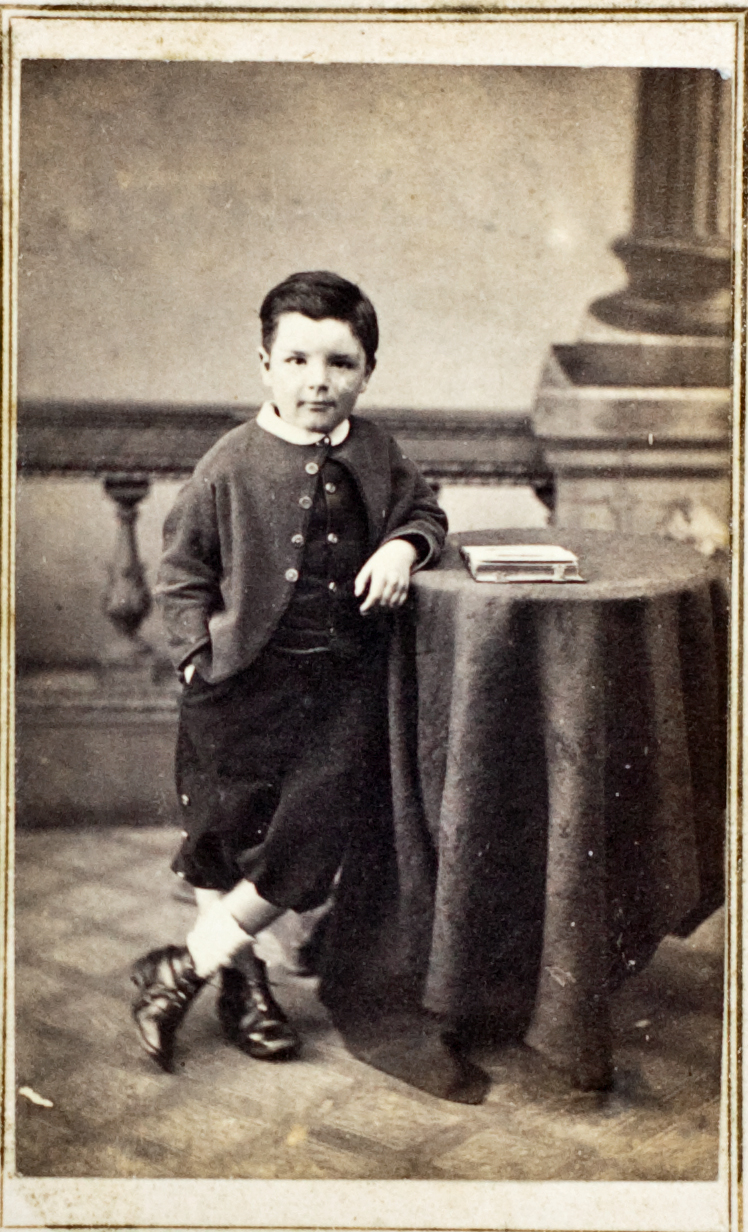 The only other child to live into adulthood was the
youngest boy Bernard who by the letters we know as having been wild and not
serious about education. His father at one point implored him to give up his
life as a sailor and return to education. He however left Tasmania for the
mainland of Australia and lost his twenty two year life by a horseback accident
as a mounted trooper in 1882.
The only other child to live into adulthood was the
youngest boy Bernard who by the letters we know as having been wild and not
serious about education. His father at one point implored him to give up his
life as a sailor and return to education. He however left Tasmania for the
mainland of Australia and lost his twenty two year life by a horseback accident
as a mounted trooper in 1882.
But there are more stories that bring home the reality
and hardship of travelling to far-off Tasmania that William Paul had to endure.
He saw the promise of good weather and business opportunity as something to
attract both his brother and sister to Australia.
There was great excitement in the Dowling home with the
prospect of William’s sister Anne expected at Christmas 1854. She had boarded in
London on September 12th and William Paul went out by small boat to
meet the ship to greet his sister. He describes the day of rising excitement
shattered by the news Anne had died of cholera and was buried at sea.
William practised as a portrait artist both in Hobart and
later in Launceston. The potential market for sitters was limited in the convict
colony of Tasmania so he reluctantly took up the parallel profession of the new
studio method of photography. He described it as “foe-to-graphic” a phrase he
attributes to the artist Edwin Landseer.
William Paul also corresponded with his younger brother
Mathew, known as Mat, who was born in 1826. William encouraged him to take up
this new art of photography and join him in Tasmania in business there. They did
practise together for a while as the Dowling brothers but Mat broke out and
established his own studio. By what is known Mat must have been a difficult and
argumentative person. He stayed with his brother and sister-in-law Julia but
would not converse with her a table. This went on for many months and Mat
steadfastly refused to change his ways. It caused William and Julia much
sadness. William also used his artistic skills to colour in photographs. There
is nothing on record to show that Mathew left descendants in Australia.
When William Paul received his full pardon they planned
as a family to return to Dublin which happened around 1865. He was given a
hero’s welcome by the family. He established a studio in Lincoln Place for a few
years but needed to return in 1868 to the better climate in Tasmania for the sake of
Julia’s poor health.
 Ten years later John Bernard’s delicate son,
William Paul's nephew, James was
also enticed to come to Tasmania but he arrived in 1877 to find his uncle had
just died and the home-place had disbanded. He boarded with Mr & Mrs Roper who
had been friends of the Dowlings and worked as a book-keeper for Mr J Ellis. He
died of consumption in Launceston.
Ten years later John Bernard’s delicate son,
William Paul's nephew, James was
also enticed to come to Tasmania but he arrived in 1877 to find his uncle had
just died and the home-place had disbanded. He boarded with Mr & Mrs Roper who
had been friends of the Dowlings and worked as a book-keeper for Mr J Ellis. He
died of consumption in Launceston.
Daughter Julianna describes being at her father’s bedside
when he died in 1877. Seemingly he was a religious man and his death was
peaceful and with prayer. He died of tetanus following surgery. The Catholic
Standard concluded its obituary : “The deceased was a devoted Irishman and a
sincere Catholic, honourable to the letter, and ever ready to lend a helping
hand to the needy, he was respected by all classes of the community.”
Letters
 In
2005 The Tamanian Historical Research Association published "Letters of an Irish
Patriot" edited by Margaret Glover and Alf MacLochlainn, based mainly on
letters and other archives kept by the family in Dublin. The letters
give a wonderful insight into the life of an exiled portrait artist in the mid nineteenth century.
In
2005 The Tamanian Historical Research Association published "Letters of an Irish
Patriot" edited by Margaret Glover and Alf MacLochlainn, based mainly on
letters and other archives kept by the family in Dublin. The letters
give a wonderful insight into the life of an exiled portrait artist in the mid nineteenth century.
from Dowling Family Archives - EFOD - May 2021